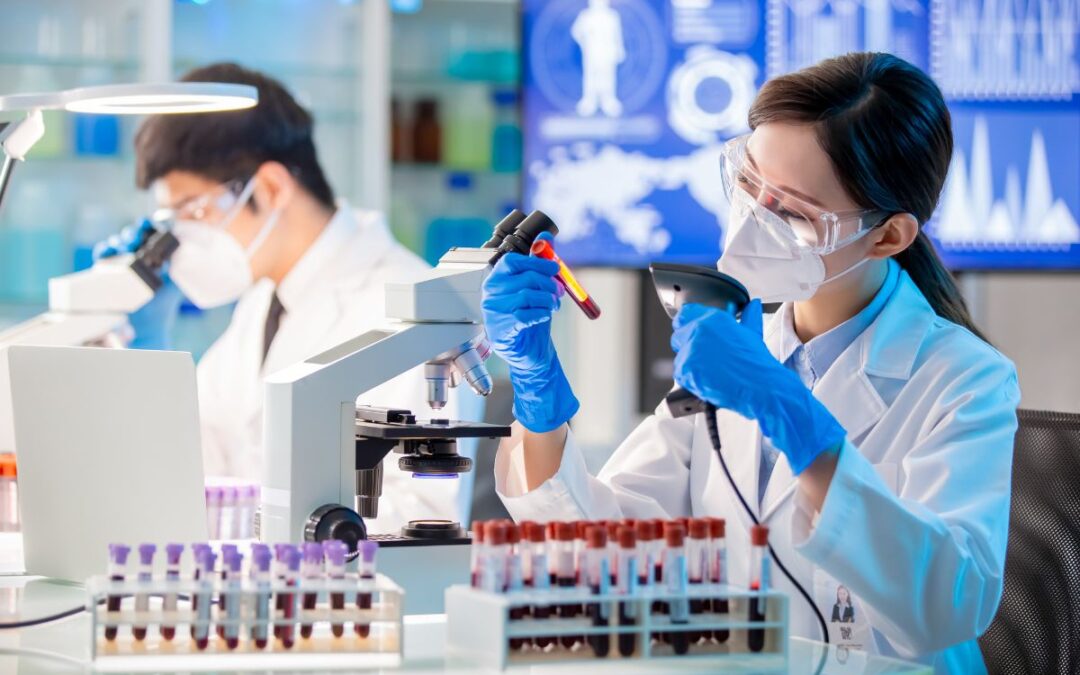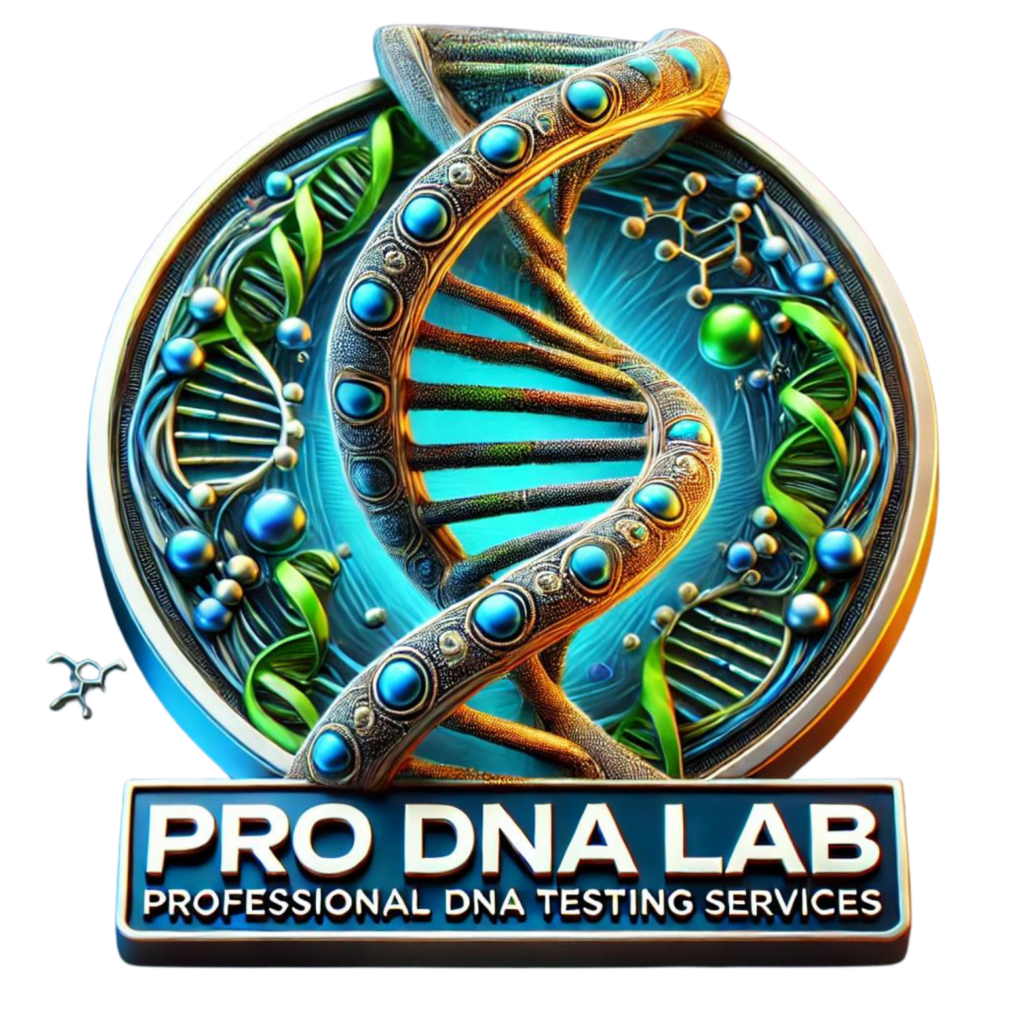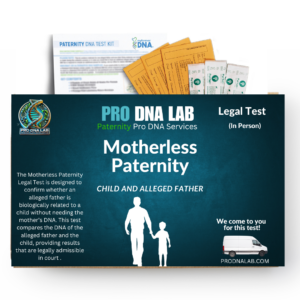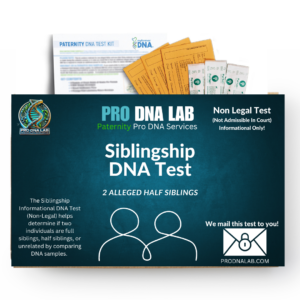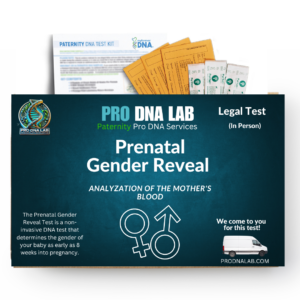When a person passes away, there may still be a need to establish biological relationships or verify identity, particularly in cases involving inheritance, legal disputes, or family reunification. One effective method of obtaining DNA for such tests is by using a deceased person’s blood card, also known as a Guthrie card or medical blood sample. This method allows for the extraction of DNA from dried blood, providing an opportunity to conduct genetic testing even after the individual has passed.
What is a Blood Card?
A blood card (Guthrie card) is typically used in newborn screening tests, where a small drop of blood is collected and dried on a card for medical purposes. These cards are sometimes stored by medical facilities, law enforcement agencies, or family members and can be used as a DNA source for genetic testing. When a person passes away, if a blood card is available, it provides a valuable sample for conducting DNA tests to establish paternity, sibling relationships, or other genetic inquiries.
How DNA Testing Works with a Blood Card
- Sample Collection: The blood card, containing dried blood from the deceased individual, is carefully retrieved and sent to a DNA testing laboratory.
- DNA Extraction: The laboratory will extract DNA from the dried blood sample on the card. Even in its dried form, the blood contains genetic material that can be analyzed.
- DNA Testing: Once the DNA is extracted, it is compared with the DNA of living relatives or other individuals involved in the case. This can confirm biological relationships such as paternity, maternity, sibling relationships, and even grandparentage.
Applications of Deceased Person’s Blood Card Testing
- Paternity Testing: If a deceased person’s biological relationship to a child is in question, their blood card can be used to conduct a posthumous paternity test.
- Inheritance Disputes: DNA extracted from a deceased person’s blood card can help resolve disputes related to inheritance or the distribution of assets.
- Family Reunification: In cases where family members are separated or unsure of their biological connections, the blood card can be used to confirm relationships, such as siblings or grandparents.
- Immigration Cases: Sometimes, a blood card can be used to confirm a biological relationship for legal immigration purposes, especially when one party is deceased.
Legal Considerations
In legal cases, DNA tests using a deceased person’s blood card must follow strict chain-of-custody procedures to ensure the results are admissible in court. This ensures the integrity of the sample and prevents tampering or contamination. For inheritance disputes or court cases, it is essential to work with a DNA testing lab that specializes in court-admissible results.
Benefits of Using a Deceased Person’s Blood Card
- Access to DNA after Death: A blood card allows for DNA testing even after the individual has passed away, ensuring that biological relationships can still be established.
- Non-Invasive: Since the sample already exists, there is no need for invasive procedures on the deceased.
- High Accuracy: DNA extracted from a blood card can provide the same level of accuracy as living DNA samples.
Conclusion
Using a deceased person’s blood card for DNA testing provides a valuable opportunity to answer important genetic questions, even after death. Whether for paternity, inheritance, or family reunification, this method allows families to find closure and resolve legal matters with certainty.

